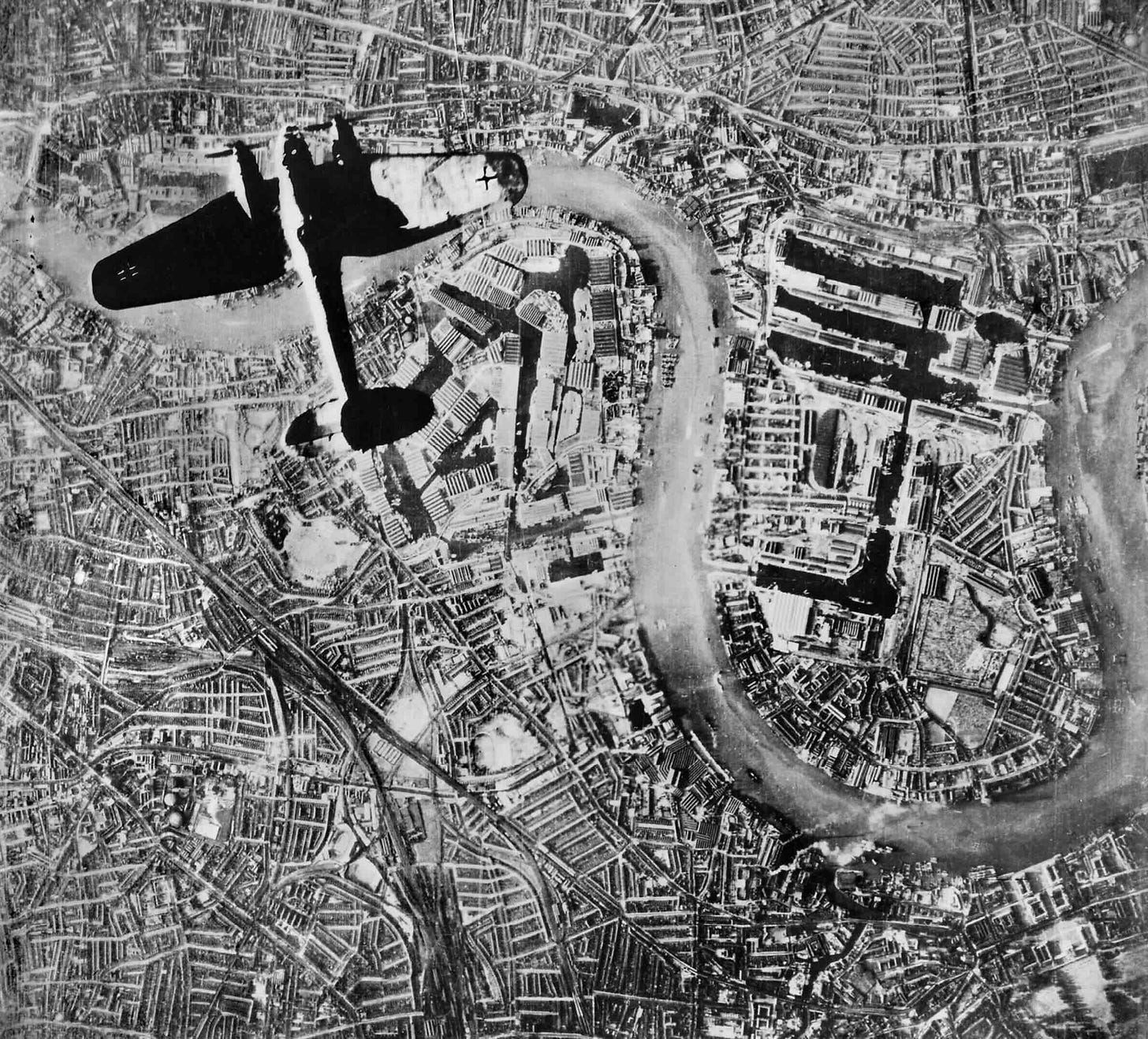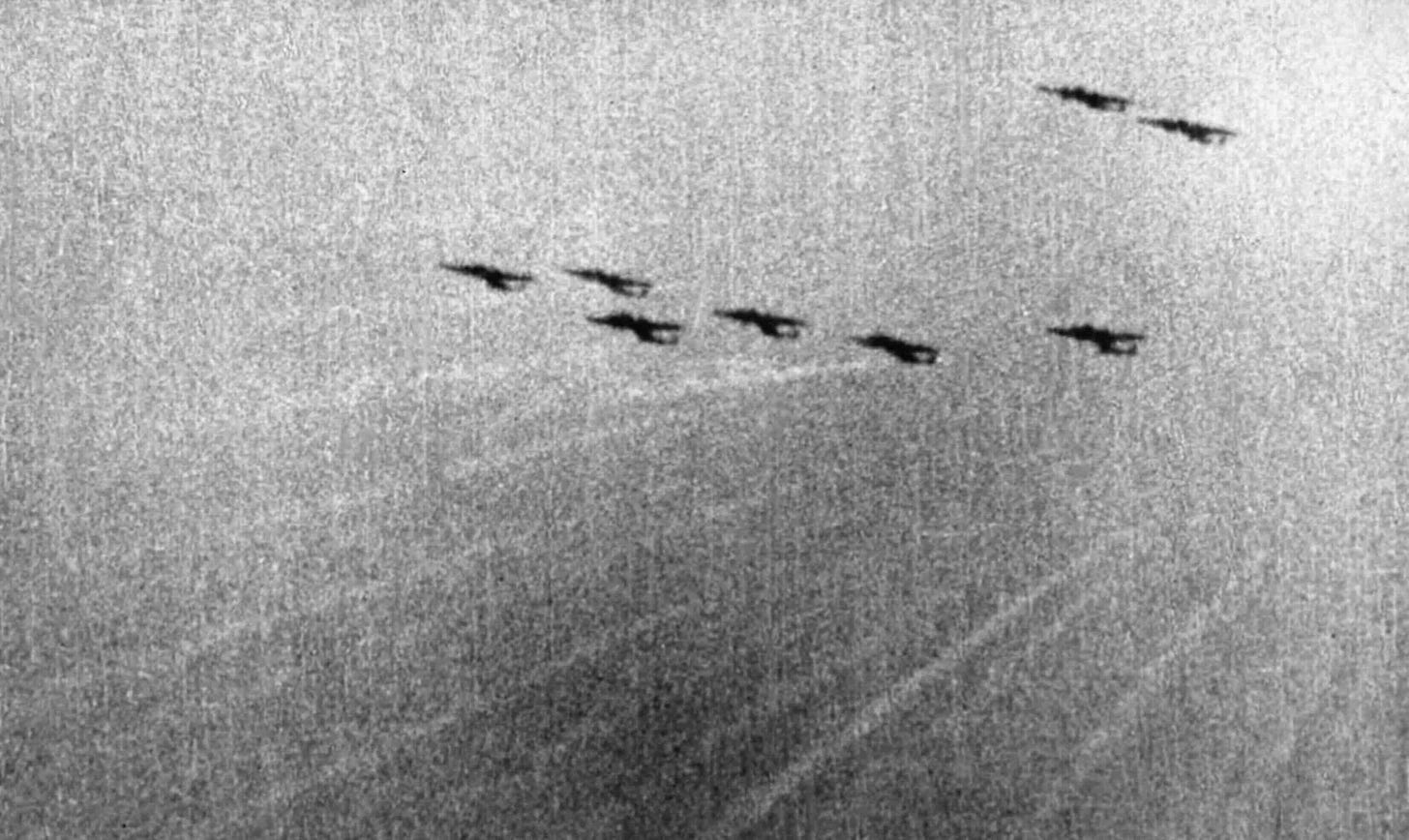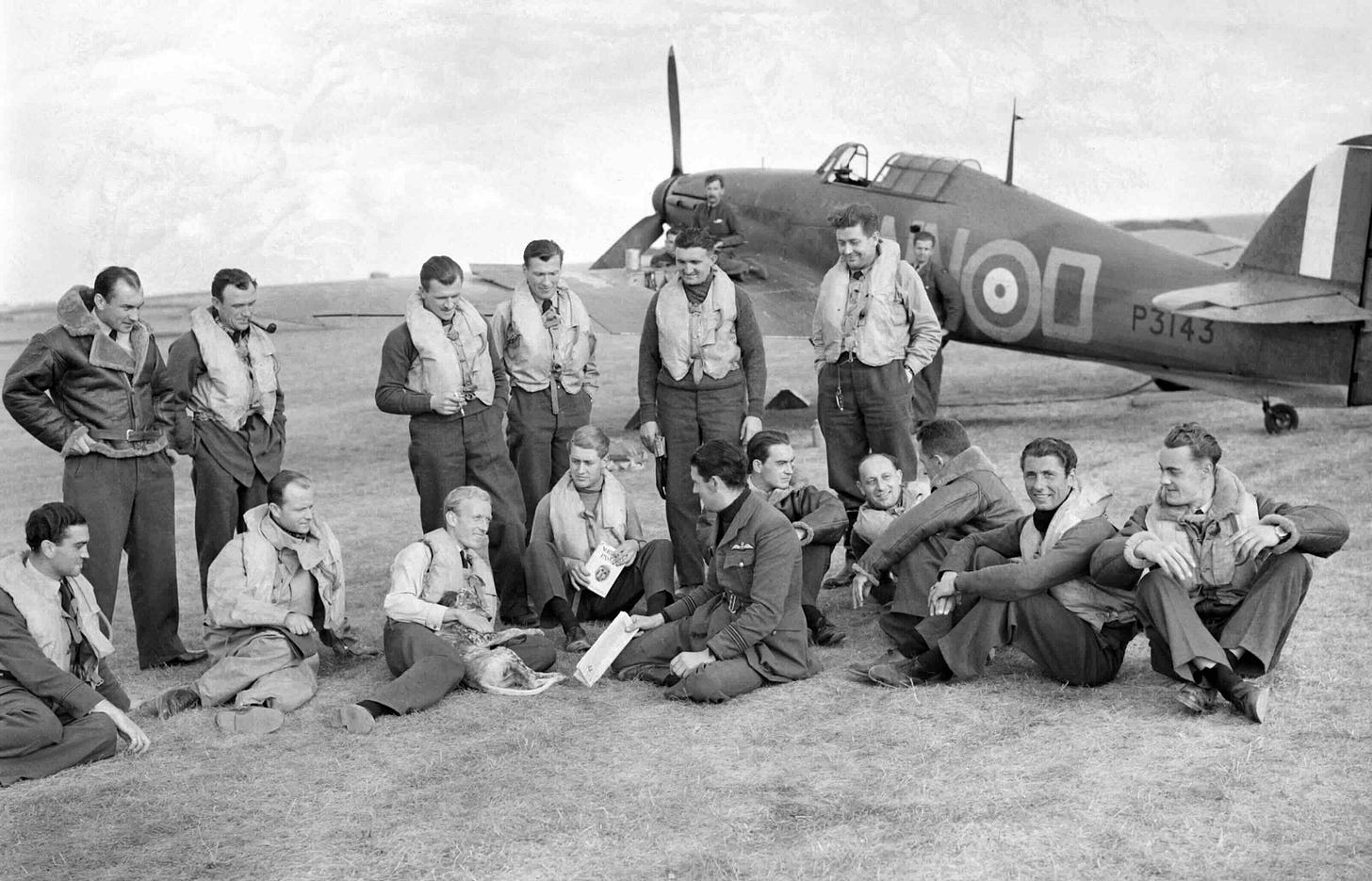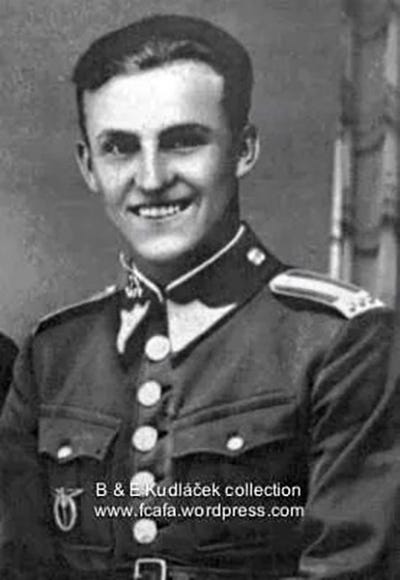First Day of the London Blitz
7th September 1940: The Luftwaffe begin their new strategy of 'terror bombing' Britain into submission, with the first raid of a sustained campaign


Following Hitler’s promise of retaliation on 4th September, German bombers made the first coordinated attack on London on 7th September 1940.
Ulrich Steinhilper1 was a German fighter pilot escorting the bombers in:
... it was an unbelievable sight. In the first wave in the late afternoon there were about 1,000 aircraft assembled in layers, stacked at about 600 metres (2,000 feet) intervals.
We were flying high cover as we approached London and there we could already see many oil tanks burning with huge clouds of smoke reaching high into the sky. The main targets were the docks which were easy to find on the distinctive U-bend of the Thames.
Once in a while we would snatch a glance down and see the flashes of bombs as they exploded and the shock waves radiating out with the force of the explosion. But from our height, some 10,000 metres (32,000 ft) these were just pin-pricks of dirty light, more impressive was the oily smoke. There wasn’t much time to take anything but the briefest observations.
We were in the hottest of combat areas and anyone who was distracted for too long was going to end his day there and then. Everywhere was danger; from the British fighters, from the heavy flak and from loose barrage balloons - one of which was floating around near our altitude and burning in a tumult of colour and smoke.
Now we really came up against the full force of the RAF. If the calculations of our High Command had been correct there should have been minimal fighter opposition to us now. But whilst we saw numerous head-on and flank attacks on the bombers below we were often too busy with our own defence to intervene.
There were constant dog-fights with aircraft wheeling and diving, pursuing each other, sometimes with success sometimes not. There were stark black lines diving down, showing the path of a stricken aircraft and parachutes floating in the thin, cold air.
There was tragedy, too, as I watched one parachute begin to burn, its helpless charge falling faster and faster. Hard to take, too, were the accidents of identification. I sat helpless with the hard lump of frustration boiling in my chest as I saw below me a 109 latch onto the tail of another of our fighters and then to see them suddenly linked by four straight grey lines as the guns were fired. Quickly the yellow tail of the leading fighter ignited and it rolled out to dive towards the ground. In such tense and charged surroundings such mistakes were inevitable.
Sometimes I wish I had the skill of an artist so that I could have recorded these beautiful but awe-inspiring sights. The pure azure-blue of the sky with the sun dimmed by the sinister smoke penetrating to extreme height; this interwoven and cross-hatched by the contrails of fighters locked in their life and death struggles. In amongst this the burning balloons and the few parachutes in splendid and incongruous isolation. These images are clear and bright in my mind today and it is to my regret that such fantastic scenes will only live as long as the few of us who saw them and survived.



British fighter pilots going up to meet the attack were equally impressed by the spectacle of the mass of aircraft.
Twenty-one-year-old Pilot Officer John Beard2 was flying with 249 Squadron:
It was really a terrific sight and quite beautiful. First they seemed just a cloud of light as the sun caught the many glistening chromium parts of their engines, their windshields, and the spin of their airscrew discs. Then, as our squadron hurtled nearer, the details stood out. I could see the bright-yellow noses of Messerschmitt fighters sandwiching the bombers, and could even pick out some of the types.
Keep reading with a 7-day free trial
Subscribe to World War II Today to keep reading this post and get 7 days of free access to the full post archives.

